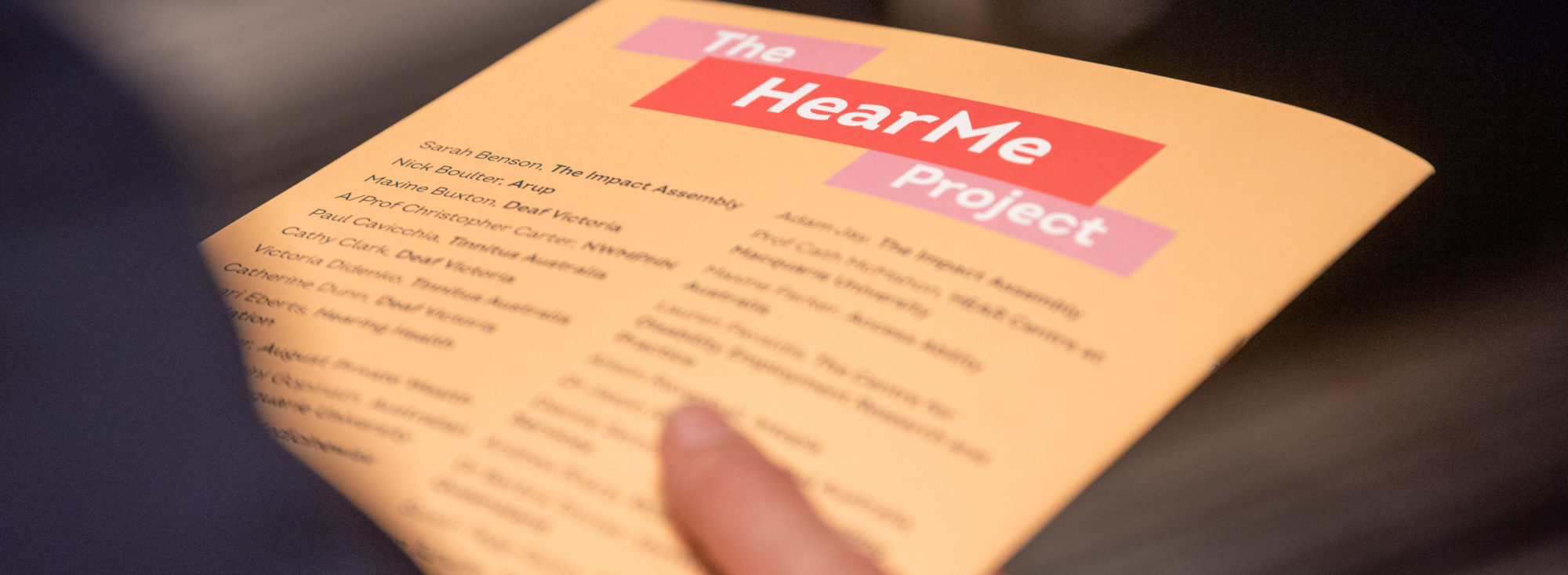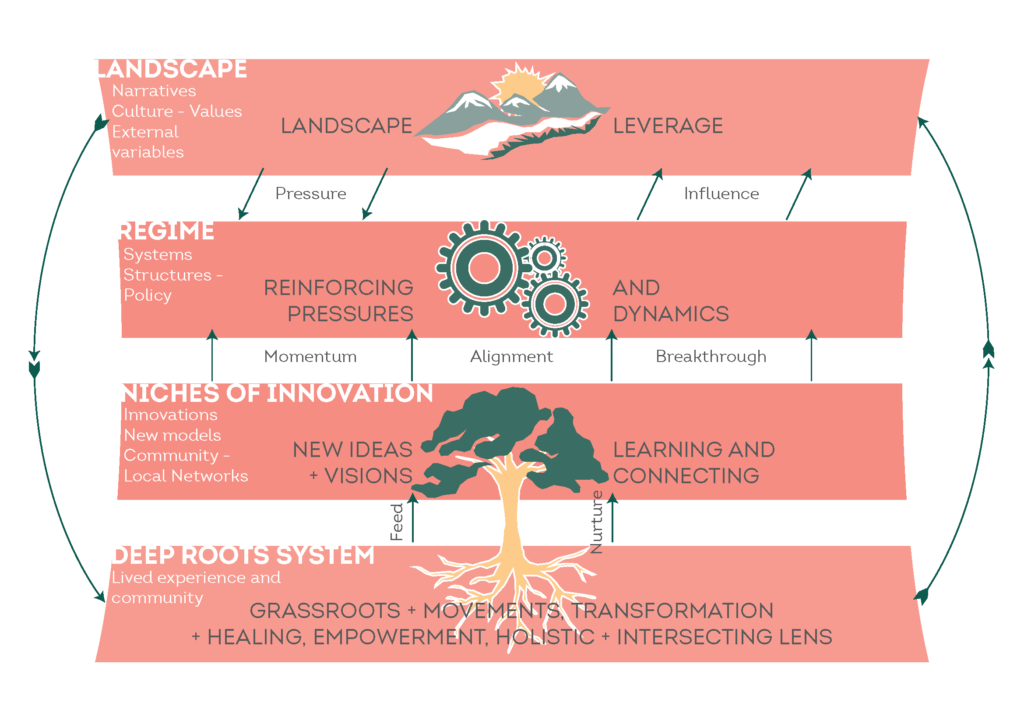
HEARME Report
I guess a lot of it is the journey of coming to terms with the new norm. I have arrived at that point and I’ve got strategies up my sleeve that I can always work with. But it’s never perfect and hearing conditions — if we don’t have an inclusive society – the impacts are not just physiological, the impacts are emotional, they’re psychological, they’re social and we need to take this into account when designing strategies to support people. – Maxine
The HearMe Report was published 5 March 2021, at the close of Hearing Week. Soundfair thanks everyone who contributed to the report: those who shared their stories to catalyse change; the consultation partners, who added their expertise to each chapter; and the sector stakeholders who endorsed the report.
Half of us will have a hearing condition after we reach the age of 60. Owing to an ageing population, by 2050, it is expected that a quarter of Australians, more than nine million of us, will have a hearing condition. Despite their ubiquity, hearing conditions are often approached dismissively as something to be overcome or treated with a simple intervention, most often a hearing aid or device. However, this approach overlooks the fact that health is influenced by many determinants, including physiological, psychological, and social factors.
Approaching a hearing condition as something to be treated with a hearing aid is reflective of the medical model of disability. On the other hand, the social model of disability takes into account social determinants of health. Social determinants of health can be understood as the ‘causes of the causes’ and include factors such as education, occupation, income, social networks and housing. The World Health Organization states that these are, in fact, the most important factors that govern good or ill health.
Soundfair exists to create a fair world for people with hearing conditions – particularly those most vulnerable – through connection and participation. In order to effectively reflect and address the social determinants of health related to living with hearing conditions, our approach to advocacy is deeply rooted in stories of lived experience. And while every story is different, reflecting each individual’s unique life journey, there are points of commonality – the shared experience of living in a society that is both actively and passively disabling.
The HearMe Report identifies ten areas that require society-wide action, starting with the need to embed the centrality and multiplicity of lived experience within all interventions, we move outwards to the value of addressing hearing within a public health framework; then further out to the individual’s disabling experience of the built environment and the social factors that seed discrimination. We then look at society-wide interventions that would help bring hearing equality closer – reimagining the hearing services sector; investing in and providing assistive technologies; the provision of captioning and the opportunities of Auslan – before addressing tinnitus as a heavy and unaddressed public health burden and, finally, return to the centrality of lived experience by exploring how aspects of an individual’s position within society intersect with their hearing condition to create needs that are unmet by our current medical model of hearing care.
Acknowledging the complexities of the whole-of-society approach that is required to deliver needs-based interventions, while also recognising the many initiatives currently in place, this document aims to capture and reflect not only the diversity of people living with hearing conditions, but also the diversity of expertise that has thus far contributed to the project and the gaps where there is still much work to do.
